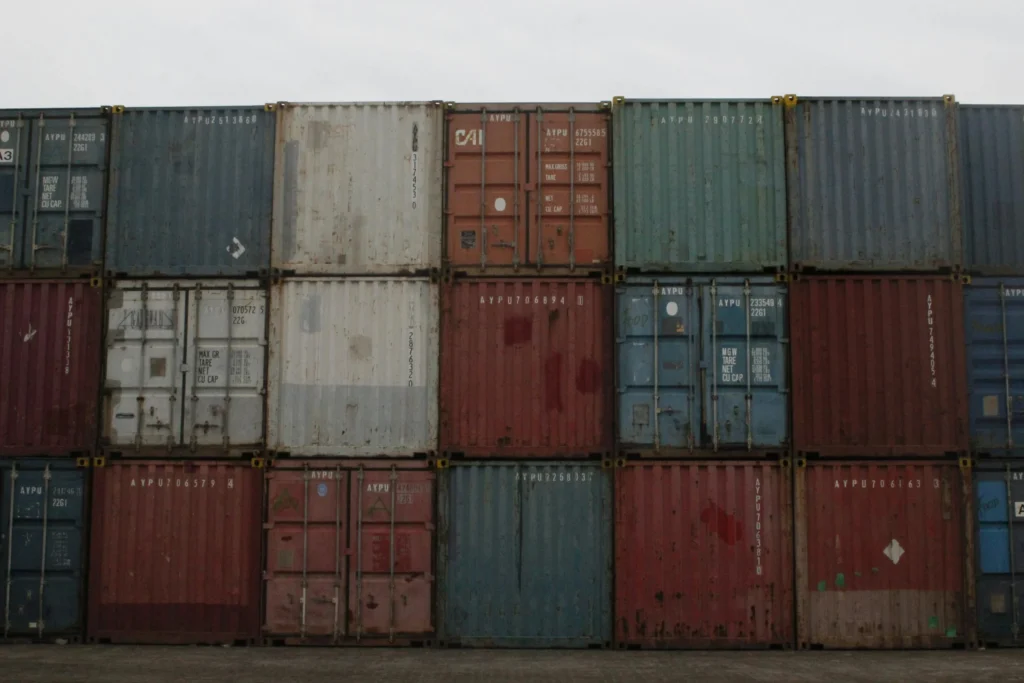The world has witnessed unprecedented global supply chain disruptions in recent years, prompting businesses to rethink their strategies in the face of uncertainty. From natural disasters to geopolitical tensions and the ongoing effects of the pandemic, these challenges have forced companies to adapt quickly to maintain their operations. In this article, we will delve into the various ways businesses are responding to these disruptions, focusing on innovative solutions and strategic pivots that are reshaping the landscape of global trade.
As we explore the intricacies of global supply chain disruptions, you will learn about the key factors contributing to these challenges and the adaptive measures that organizations are implementing. We will discuss the importance of diversification in supply sources, the role of technology in enhancing supply chain visibility, and how companies are fostering resilience through strategic partnerships. By understanding these dynamics, businesses can better prepare for future uncertainties and thrive in a rapidly changing environment.
Join us as we uncover the strategies that are enabling businesses to navigate the complexities of global supply chains. Whether you are a business leader, a supply chain professional, or simply interested in the evolving landscape of global trade, this article will provide valuable insights and practical advice. Read on to discover how adaptability and innovation are key to overcoming the challenges posed by global supply chain disruptions.
In recent years, global supply chain disruptions have become a significant concern for businesses across various industries. The COVID-19 pandemic, geopolitical tensions, and natural disasters have all contributed to an environment of uncertainty. As a result, companies are forced to adapt their strategies to navigate these challenges effectively.
Understanding the Causes of Supply Chain Disruptions
Supply chain disruptions can arise from a multitude of factors, including economic shifts, political instability, and environmental challenges. Understanding these causes is crucial for businesses to develop effective mitigation strategies. For instance, the pandemic highlighted vulnerabilities in global logistics, leading to delays and increased costs.
Moreover, geopolitical tensions, such as trade wars, can create barriers that disrupt the flow of goods. Companies must stay informed about these dynamics to anticipate potential disruptions and adjust their supply chain strategies accordingly.
Diversification of Suppliers
One of the most effective strategies businesses are employing is the diversification of suppliers. Relying on a single supplier can be risky, especially in times of uncertainty. By establishing relationships with multiple suppliers across different regions, companies can reduce their vulnerability to disruptions.
This approach not only enhances resilience but also fosters competition among suppliers, potentially leading to better pricing and service. Businesses are increasingly looking to localize their supply chains, which can also mitigate risks associated with international shipping and tariffs.
Embracing Technology and Automation
Technology plays a pivotal role in modern supply chain management. Businesses are increasingly adopting advanced technologies such as artificial intelligence, machine learning, and blockchain to enhance visibility and efficiency. These technologies enable real-time tracking of goods, predictive analytics for demand forecasting, and improved inventory management.
Automation also streamlines operations, reducing reliance on manual processes that can be prone to errors. By leveraging technology, companies can respond more swiftly to disruptions and maintain continuity in their supply chains.
Building Stronger Relationships with Partners
Collaboration is key in navigating supply chain disruptions. Businesses are focusing on building stronger relationships with their suppliers and logistics partners. Open communication and transparency can lead to better problem-solving and quicker responses to challenges.
By fostering a collaborative environment, companies can share information about potential disruptions and work together to find solutions. This partnership approach not only enhances resilience but also creates a more agile supply chain capable of adapting to changing circumstances.
Implementing Risk Management Strategies
Effective risk management is essential for businesses facing supply chain disruptions. Companies are increasingly conducting risk assessments to identify vulnerabilities within their supply chains. This proactive approach allows them to develop contingency plans and allocate resources effectively.
Additionally, businesses are investing in insurance and other financial instruments to mitigate the impact of disruptions. By preparing for potential risks, companies can minimize losses and maintain operational continuity during challenging times.
Sustainability and Ethical Sourcing
As consumers become more environmentally conscious, businesses are prioritizing sustainability in their supply chains. Ethical sourcing and sustainable practices not only enhance brand reputation but also contribute to long-term resilience.
Companies are increasingly seeking suppliers that adhere to sustainable practices, which can also reduce the risk of disruptions caused by regulatory changes or consumer backlash. By integrating sustainability into their supply chain strategies, businesses can create a more robust and responsible supply chain.
Adapting to Consumer Behavior Changes
The pandemic has significantly altered consumer behavior, leading to shifts in demand patterns. Businesses must be agile in adapting to these changes to remain competitive. This may involve adjusting product offerings, enhancing online sales channels, or re-evaluating marketing strategies.
By staying attuned to consumer preferences, companies can better align their supply chains with market demands, reducing the risk of overstocking or stockouts. Flexibility in operations is crucial for meeting the evolving needs of consumers in an uncertain environment.
Future Trends in Supply Chain Management
Looking ahead, several trends are likely to shape the future of supply chain management. Increased focus on digital transformation, sustainability, and resilience will drive innovation in the industry. Companies that embrace these trends will be better positioned to navigate future disruptions.
Moreover, the integration of advanced technologies such as the Internet of Things (IoT) and big data analytics will enhance supply chain visibility and decision-making. As businesses continue to adapt to uncertainty, staying ahead of these trends will be essential for long-term success.
| Aspect | Description |
|---|---|
| Overview | Global supply chains have faced significant disruptions due to various factors such as the COVID-19 pandemic, geopolitical tensions, and natural disasters. These disruptions have led to delays, increased costs, and shortages of goods. |
| Causes of Disruptions | Key causes include factory shutdowns, transportation bottlenecks, labor shortages, and changes in consumer demand. Events like the Suez Canal blockage highlighted vulnerabilities in global logistics. |
| Business Adaptations | Companies are adopting strategies such as diversifying suppliers, increasing inventory levels, and investing in technology to enhance supply chain visibility and resilience. |
| Technology Integration | Businesses are leveraging technologies like AI, IoT, and blockchain to improve forecasting, track shipments in real-time, and streamline operations. |
| Local Sourcing | To mitigate risks, many companies are shifting towards local sourcing and manufacturing, reducing dependency on distant suppliers and enhancing supply chain agility. |
| Collaboration | Fostering collaboration among supply chain partners is crucial. Companies are sharing information and resources to better navigate uncertainties and improve overall efficiency. |
| Future Outlook | While challenges remain, businesses are expected to continue evolving their supply chain strategies, focusing on sustainability and resilience to better prepare for future disruptions. |



